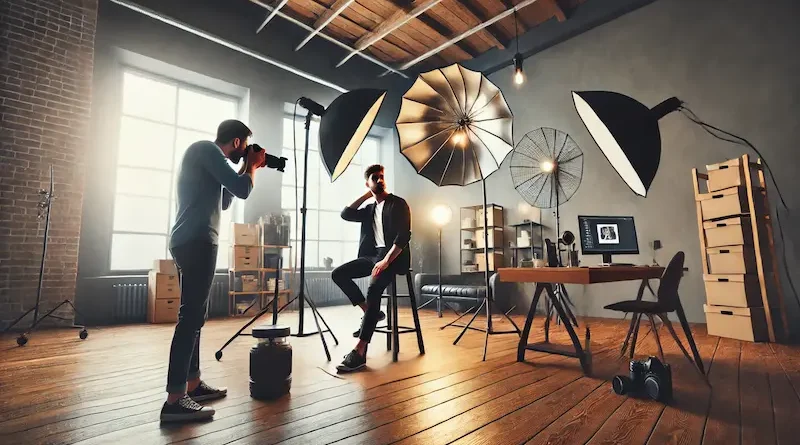The Back Casting Room: A Comprehensive Guide
The back casting room, a hidden gem in many facilities, plays a crucial role in various industries. Whether you’re new to the concept or seeking to deepen your understanding, this guide will walk you through everything you need to know. Let’s dive right in!
What is a Back Casting Room?
A back casting room is a dedicated space in a manufacturing or production facility where castings are created and processed. This room is designed to handle the specific needs of casting materials, ensuring a controlled environment for producing high-quality castings. The room is equipped with specialized equipment and tools to manage the casting process from start to finish.
The Importance of a Back Casting Room
A back casting room is essential for several reasons:
- Controlled Environment: It provides a controlled environment that minimizes contamination and ensures consistency in the casting process.
- Specialized Equipment: The room houses equipment specifically designed for casting, which helps in achieving precise results.
- Safety: It ensures safety by containing potentially hazardous materials and processes within a designated area.
Equipment Found in a Back Casting Room
A back casting room typically contains the following equipment:
- Casting Molds: These are the templates used to shape the casting material. They can be made from various materials, depending on the type of casting being performed.
- Furnaces: Used to melt the casting material, furnaces in a back casting room are designed to reach high temperatures and maintain them consistently.
- Crucibles: These containers hold the molten material as it’s poured into the molds.
- Ventilation Systems: Proper ventilation is crucial to remove fumes and maintain air quality.
- Protective Gear: Workers in the back casting room need protective gear, including gloves, masks, and aprons, to ensure their safety.
Read Also: Top Dishwasher Maintenance Tips for Longevity and Efficiency
The Casting Process
The casting process in a back casting room involves several steps:
- Preparation of Molds: Molds are cleaned and prepared to ensure they are free from contaminants.
- Melting the Material: The casting material is placed in the furnace and heated until it reaches a molten state.
- Pouring the Molten Material: The molten material is carefully poured into the prepared molds.
- Cooling and Solidifying: Once the molds are filled, they are left to cool and solidify. This step is crucial for forming the final shape of the casting.
- Removing the Castings: After the material has cooled, the molds are opened, and the castings are removed.
- Finishing Touches: The castings may undergo additional processes, such as trimming or polishing, to achieve the desired finish.
Types of Casting Materials
Various materials can be used in the casting process, each with its own properties and applications:
- Metals: Common metals used in casting include aluminum, iron, steel, and bronze. Each metal has unique characteristics that make it suitable for different applications.
- Plastics: Some casting processes use plastic materials, which can be molded into complex shapes and offer benefits like lightweight and corrosion resistance.
- Ceramics: Ceramic materials are used in applications requiring high-temperature resistance and durability.
Applications of Castings
Castings produced in a back casting room have numerous applications across different industries:
- Automotive: Engine components, transmission parts, and structural elements are often cast.
- Aerospace: Critical components for aircraft and spacecraft are produced using casting methods.
- Construction: Cast metal parts are used in building structures, bridges, and other infrastructure projects.
- Art and Sculpture: Artists use casting to create sculptures and intricate designs in metal or other materials.
Safety Considerations
Safety is paramount in a back casting room. Here are some key safety measures to keep in mind:
- Personal Protective Equipment (PPE): Always wear appropriate PPE, including heat-resistant gloves, face shields, and protective clothing.
- Ventilation: Ensure proper ventilation to avoid inhaling harmful fumes.
- Training: Workers should be well-trained in handling materials and operating equipment safely.
- Emergency Procedures: Have clear procedures in place for dealing with accidents, spills, or equipment malfunctions.
Enhancing Efficiency in the Back Casting Room
To maximize efficiency in the back casting room, consider the following tips:
- Regular Maintenance: Keep all equipment in good working condition through regular maintenance checks.
- Quality Control: Implement strict quality control measures to catch any defects early in the process.
- Workflow Optimization: Organize the workflow to minimize downtime and ensure a smooth casting process.
- Training and Development: Continuously train staff on best practices and new techniques in casting.
Innovations in Casting Technology
The field of casting is constantly evolving, with new technologies improving the process. Some recent innovations include:
- 3D Printing: This technology allows for the creation of highly detailed and complex molds, reducing the need for traditional mold-making methods.
- Advanced Alloys: New alloy compositions enhance the properties of cast materials, making them more durable and versatile.
- Automation: Automated systems streamline the casting process, increasing efficiency and reducing the risk of human error.
The Future of Back Casting Rooms
Looking ahead, the future of back casting rooms is bright. As technology continues to advance, we can expect even greater precision, efficiency, and safety in the casting process. Innovations such as smart sensors, real-time monitoring, and AI-driven quality control will likely become standard in modern back casting rooms.
Conclusion
The back casting room is a vital component of many industries, providing a controlled environment for producing high-quality castings. Understanding the equipment, process, and safety measures involved can help ensure successful casting operations. With ongoing innovations and a focus on efficiency, the future of casting looks promising.
Whether you’re new to the concept or an experienced professional, the back casting room holds the key to creating durable and precise components that drive various industries forward. By prioritizing safety, embracing new technologies, and optimizing workflows, you can harness the full potential of this essential space.
Visit the rest of the site Business Insiderrs for more interesting and useful articles. Thank you!

